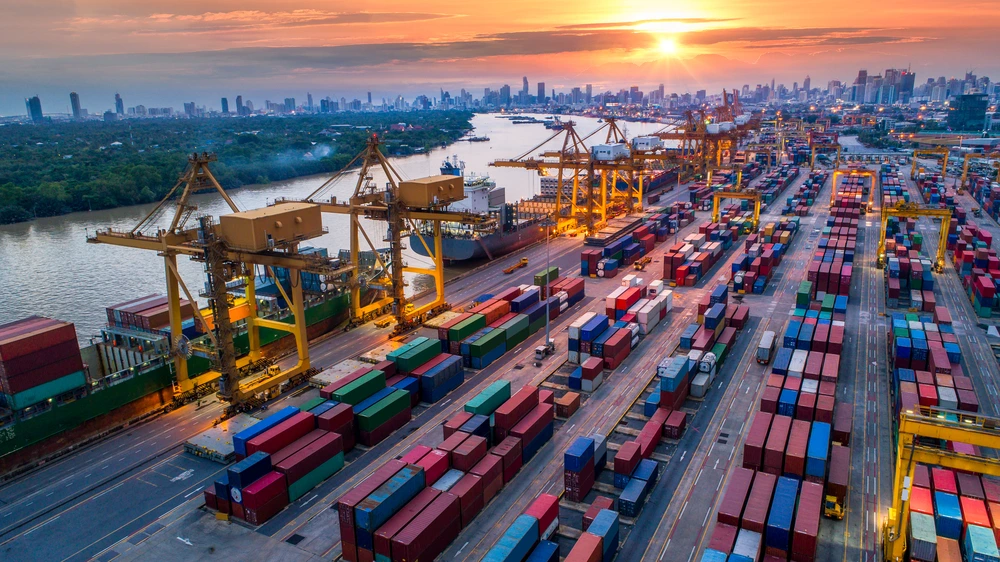Mexico’s new vehicle sales grew 3.3% in the first quarter of 2025, totaling 365,017 units, official figures from the national statistics agency show.
This uptick from 353,266 units in 2024 marks the best opening since 2017, when 378,885 units rolled off lots. A tame inflation rate of 0.29% for vehicle purchases fuels the increase.
March saw 127,352 units sold, a 1.3% bump from the prior year, despite echoes of past supply chain struggles. The market cratered in 2020, plunging to 950,863 units—its lowest in nine years—due to the pandemic’s fallout.
Recovery gained traction, hitting 1,361,433 units by 2023, with 2024 projected at 1,482,734 units. Stable semiconductor supplies since 2023 bolster production, while financing, driving 60-65% of sales, keeps buyers active.
Inflation, expected to reach 3.7% annually per central bank forecasts, remains manageable. However, the legalization of over 2.5 million used U.S. imports since 2022 pressures new car demand, especially near borders.
 Mexico’s New Car Sales Rise 3.3% in 2025 Amid Cautious Recovery. (Photo Internet reproduction)
Mexico’s New Car Sales Rise 3.3% in 2025 Amid Cautious Recovery. (Photo Internet reproduction)High interest rates, now at 10.5% after a late-2024 hike, challenge affordability, though consumer confidence holds firm. Mexico’s auto industry, producing over 3.5 million vehicles yearly, sends 80% to the U.S., where looming tariff talks add uncertainty.
The 2020 disruptions—factory closures, logistics costs, and chip shortages—still cast a shadow. This 3.3% rise signals resilience, not a boom, in a sector vital to Mexico’s economy. Businesses eye the interplay of domestic sales, export risks, and cost stability.
Growth persists, but headwinds like trade policy and borrowing costs could shift the gears. For now, the market steers forward, balancing recovery with reality.

 By The Rio Times | Created at 2025-04-03 09:50:31 | Updated at 2025-04-04 05:34:59
20 hours ago
By The Rio Times | Created at 2025-04-03 09:50:31 | Updated at 2025-04-04 05:34:59
20 hours ago








